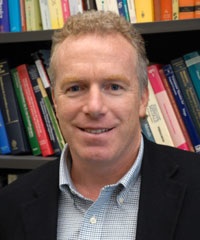
Abstract
Big first order phase transformations in solids can still be highly reversible, if the lattice parameters are “tuned” to satisfy certain relations that promote the compatibility between phases. We present recent measurements of hysteresis in martensitic materials resulting from this kind of tuning. We re-examine the origins of hysteresis in light of these measurements, and conclude that a certain energy barrier, not pinning or thermal activation, is primarily responsible for hysteresis in a broad array of materials that undergo phase transformations. The lowered hysteresis correlates with the reversibility of the transformation under repeated cycling. We use this kind of tuning, together with the lattice parameter sensitivity of magnetic properties and the presence of a jump of lattice parameters at the phase transformation, to find some interesting new multiferroic Heusler alloys: briefly, multiferroism by reversible phase transformation. These alloys can be used in diverse ways for the direct conversion of heat to electricity, and provide interesting possible ways to recover the vast amounts of energy stored on earth at small temperature difference.
Biography
Richard D. James is Distinguished McKnight University Professor and Russell J. Penrose Professor at the University of Minnesota. He has a Sc.B. in Engineering from Brown University and a Ph.D. in Mechanical Engineering from the Johns Hopkins University. He has authored or co-authored over 100 articles, has given 35 plenary and named lectureships, and was awarded the Humboldt Senior Research Award (2006/7), the Warner T. Koiter Medal from ASME (2008), the William Prager Medal from the Society of Engineering Science, and the Brown Engineering Alumni Medal (2009). James’ current research concerns the study of ''Objective Structures'', a mathematical way of looking at the structure of matter, and the direct conversion of heat to electricity using phase transformations in multiferroic materials.